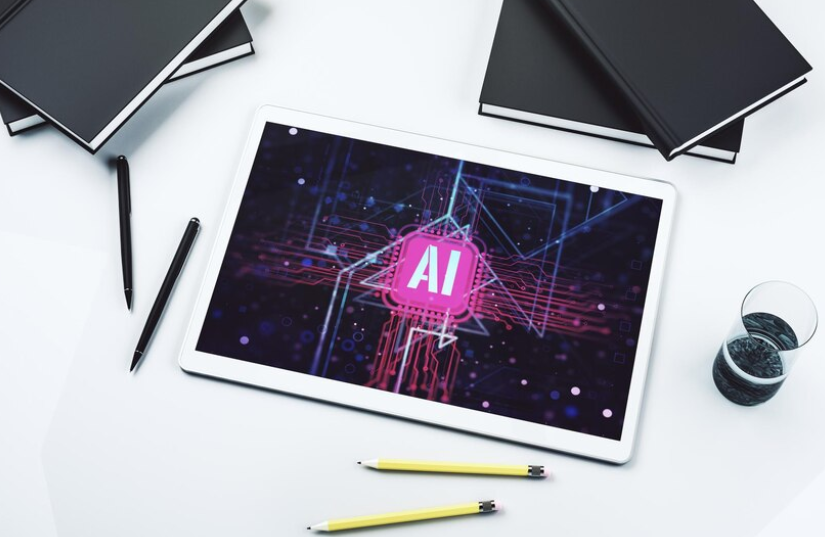In the era of digital media, the ability to create eye-catching images can be a huge advantage, even for those without a background in design. With the help of an AI image generator, anyone can produce professional-looking visuals. Here’s how AI is making design accessible to all.
1. User-Friendly Interfaces
AI design tools are built with simplicity in mind, making them accessible to users with minimal or no design experience. These tools often feature drag-and-drop interfaces, pre-set templates, and intuitive controls that make the design process straightforward. This means you can start creating without needing to learn complex software or graphic design principles.
Moreover, many AI tools provide real-time suggestions and corrections. If you make a design mistake, the AI can prompt you with tips to improve the composition or color scheme, making the learning curve much gentler for beginners.
2. Access to Professional Templates
One of the biggest hurdles in design is starting from scratch. AI tools often include a vast library of templates that serve as a starting point for creating images. These templates are designed by professionals and cover a wide range of styles and uses, from business presentations to social media posts.
Using these templates, you can easily customize details like text, colors, and images to fit your needs while maintaining a high-quality design aesthetic. This not only saves time but also ensures that the end product looks polished and professional.
3. Automation of Basic Tasks
AI excels at automating tasks, and design is no exception. Basic but essential tasks like aligning objects, adjusting colors, and resizing images can be handled automatically by AI. This automation ensures consistency across your designs, which is crucial for branding and professional presentation.
Furthermore, AI can analyze your design choices and learn your preferences, making each subsequent design task quicker and more personalized. This streamlining of the design process allows you to focus more on the creative aspects of your projects.
4. Experimentation with Styles and Effects
AI tools allow you to experiment with various artistic styles and effects without any manual effort. Want to see your photo in a watercolor, pencil sketch, or pop art style? AI can transform your images into these styles with a single click. This flexibility is great for those who want to explore different aesthetics before deciding on a final look.
Additionally, you can apply complex effects like shadows, gradients, or text overlays that would typically require advanced skills to execute.
Adobe says, “Discover the magic of AI image generation with Adobe Firefly.”
5. Real-Time Learning and Improvement
Perhaps one of the most significant advantages of using AI in design is its ability to learn and adapt. Many AI design tools feature built-in learning algorithms that track your choices and preferences to provide better suggestions over time. This personalized assistance helps improve your design skills without formal education.
Some AI tools offer feedback on your designs based on design best practices, which can be an excellent way for novices to actively learn and understand good design principles. This continuous feedback loop not only improves your current project but also enhances your overall design capability.
AI is democratizing design, making it possible for anyone to create beautiful, professional-quality images without years of training. Whether you’re a small business owner, a blogger, or just looking to spruce up your personal projects, AI tools provide a powerful, accessible solution to meet your design needs. As technology continues to evolve, it will keep opening new doors for creative expression and professional visuals.
